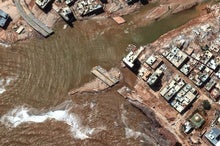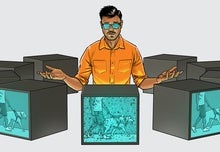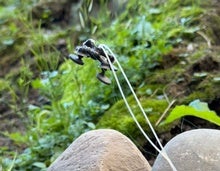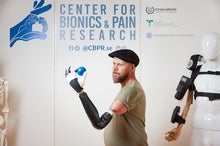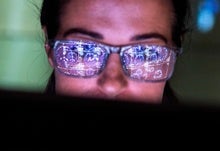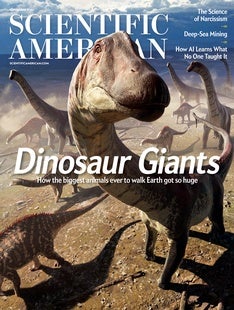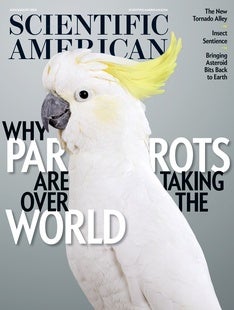 |
| September 19, 2023 |
For years, researchers have documented the negative effects of spending time online, particularly for kids and teens. But the Internet has become an inescapable part of modern life—so how do we protect the most vulnerable members of society without cutting them off from this resource? That's the goal of new bills like the the Kids Online Safety Act (KOSA), but critics have noted how those proposed regulations can actually do more harm than good. Instead, Scientific American spoke with experts about the real evidence-backed ways to protect young people online. |
| | Sophie Bushwick, Associate Editor, Technology
| |
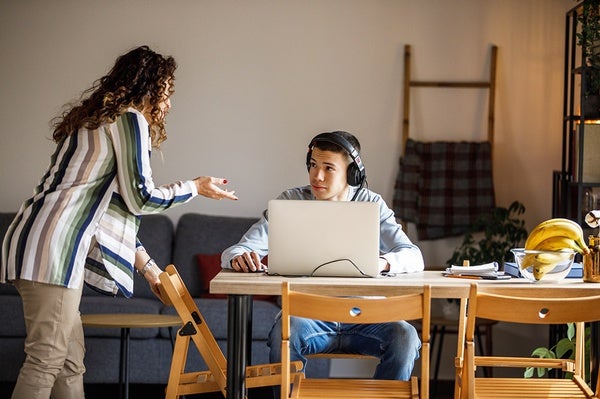 |
| |
| |
| |
| |
| |
| |
| |
| |
| |
| Artificial Intelligence Why Japan Is Building Its Own Version of ChatGPT Some Japanese researchers feel that AI systems trained on foreign languages cannot grasp the intricacies of Japanese language and culture | | By Tim Hornyak,Nature magazine | | | |
| |
| QUOTE OF THE DAY
 "A U.S. fighter jet's stealth abilities appear to be working too well, as it took authorities hours to locate a debris field after an F-35 went missing when the pilot ejected because of a 'mishap.'" Chantal Da Silva and Phil McCausland, NBC News | |
FROM THE ARCHIVE
 | | | |
LATEST ISSUES
 |
| |
| Questions? Comments?  | |
| Download the Scientific American App |
| |
| |




